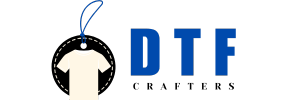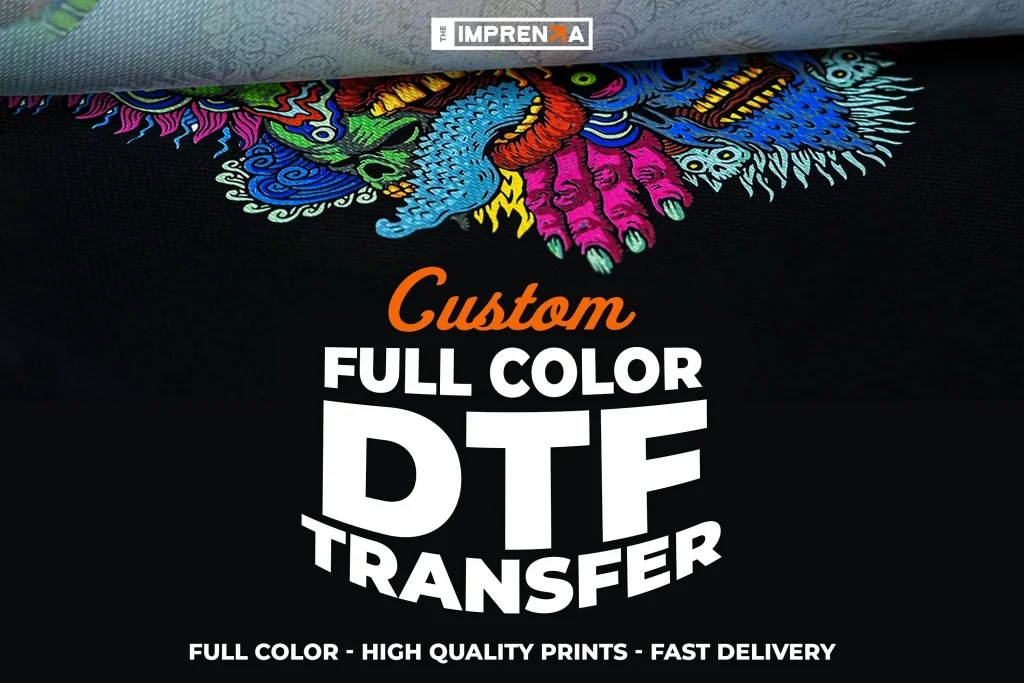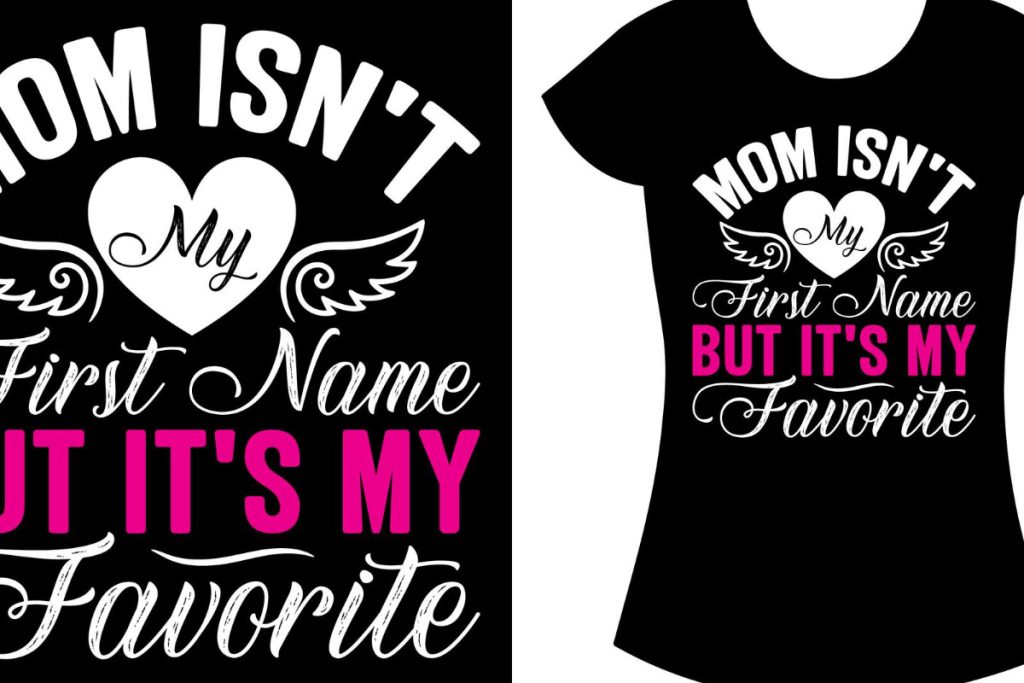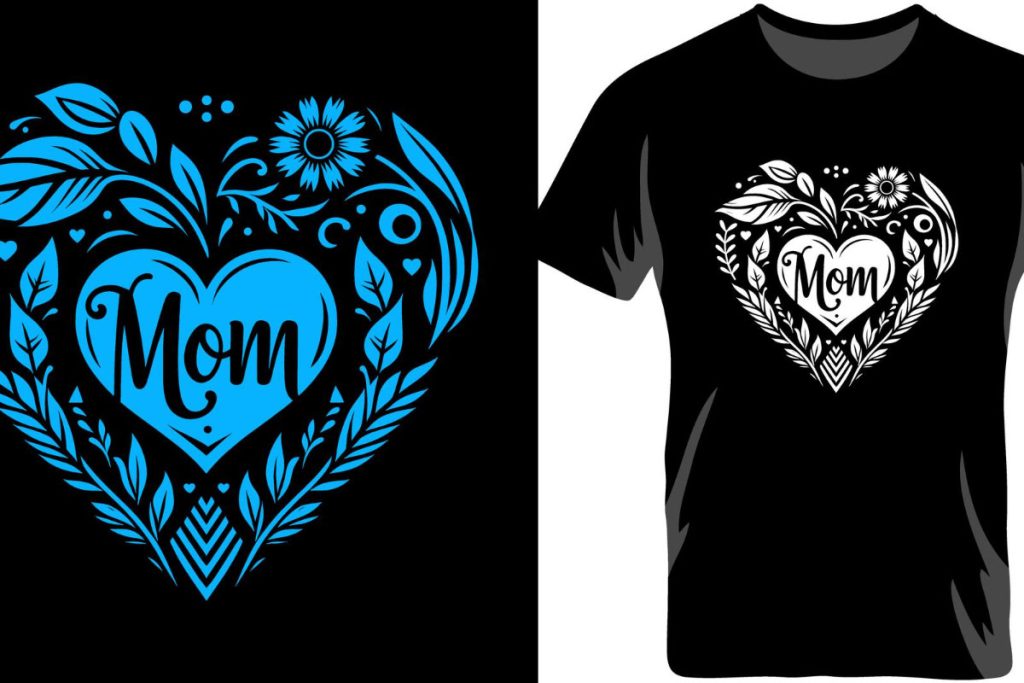DTF transfers, or Direct-to-Film transfers, are revolutionizing the world of fabric decoration, offering a versatile and efficient solution for custom apparel printing. This innovative printing process allows creators, businesses, and enthusiasts to produce vibrant designs on a wide range of fabrics with stunning durability. Thanks to the DTF printing process, personalized designs can be easily and affordably transferred onto garments, making it a go-to choice for both small businesses and dedicated hobbyists. As the demand for customized clothing continues to rise, understanding the various DTF transfer applications can elevate your creative projects and business offerings. In this guide, we’ll explore everything you need to know about how to use DTF transfers, from the materials required to best practices for flawless results.
When it comes to fabric decoration, the emerging method of Direct-to-Film printing stands out for its remarkable capabilities in delivering intricate and colorful designs. Often referred to as DTF printing, this technique has become increasingly popular among those seeking an efficient way to produce custom apparel. With the ability to apply high-resolution prints on various textiles, users can explore a wide array of direct transfer applications. Beyond its technical aspects, understanding how this process works is essential for anyone interested in entering the realm of personalized fabric artistry. In our exploration of this advanced printing style, we’ll guide you through the essentials of utilizing DTF transfers effectively.
Introduction to DTF Transfers: A Revolutionary Printing Method
Direct-to-Film (DTF) transfers have revolutionized the custom apparel industry by offering a unique solution for vibrant fabric printing. This method allows users to create intricate designs with exceptional detail that can be easily applied to a variety of fabrics, including cotton and polyester blends. The innovative DTF printing process has quickly gained popularity among both seasoned professionals and newcomers eager to explore the world of fabric decoration.
Not only is DTF a game-changer for businesses looking to expand their offerings, but it also provides individuals the opportunity to personalize their wardrobe. Fortunately, this beginner’s guide will walk you through the essential elements needed to master DTF transfers, showcasing the versatility and efficiency that characterize this cutting-edge printing technique.
Mastering the DTF Printing Process
Understanding the DTF printing process is essential for achieving stunning results. To begin, high-quality DTF printers that utilize eco-solvent or pigment inks are needed to print designs on specialized transfer films. Following the initial printing, adhesive powder is sprinkled onto the wet ink, creating a bond that enhances the transfer’s durability.
After applying the adhesive, the next critical step is curing it with heat, ensuring that the powder adheres completely to the design. The final stage involves using a heat press to apply the transfer onto the chosen fabric. It’s important to carefully follow temperature and pressure recommendations to achieve the best outcome and to ensure a long-lasting application.
Essential Materials for DTF Printing
Embarking on your DTF printing journey requires a few essential materials to ensure success. First and foremost, a DTF printer is crucial, as it is specifically designed to handle the unique demands of this printing method. Alongside the printer, you’ll need high-quality transfer films that have a special coating to facilitate proper ink adhesion.
Additionally, hot-melt adhesive powder is vital for bonding the design to the fabric effectively. To complete the process, a heat press is necessary for applying transfers to garments, giving you professional-quality results at home. Having the right tools on hand not only streamlines the process but also enhances your ability to produce eye-catching designs.
Design Tips for Successful DTF Transfers
The design quality plays a crucial role in the success of your DTF transfers. To create visually appealing prints, it’s important to use high-resolution images—ideally at least 300 DPI. This ensures that your transfer maintains clarity and detail when printed on the fabric. Programs like Adobe Illustrator and CorelDRAW are perfect for preparing designs, as they offer a plethora of features for manipulating vector graphics.
Moreover, proper color management is essential. Implementing a suitable color profile can dramatically affect the final output, as colors often appear differently on a screen compared to printed material. By using printer-specific profiles, you can achieve more accurate colors, allowing your designs to shine brilliantly on garments.
Versatile Applications of DTF Transfers
One of the standout features of DTF transfers is their versatility in applications. From custom apparel to promotional items, DTF printing can cater to a wide range of needs. Whether creating eye-catching t-shirts for a family reunion or unique hoodies for a sports team, this method provides the flexibility to produce custom designs that resonate with the target audience.
In addition to commercial uses, DTF transfers are a favorite among DIY enthusiasts. These transfers can be seamlessly incorporated into personal craft projects, enabling individuals to craft thoughtful gifts or develop their brand’s merchandise. The ability to create personalized items protects you from generic stock and allows for true self-expression.
The Advantages of Choosing DTF Transfers
Opting for DTF transfers over traditional printing methods presents numerous advantages for both small businesses and hobbyists. One of the most significant benefits is cost-effectiveness, especially for small batch orders, since DTF eliminates the need for expensive and extensive setups often required in screen printing.
Furthermore, DTF printing excels at reproducing intricate designs with remarkable precision. The vibrant results not only enhance garment appeal but also ensure durability, as prints withstand multiple washes without fading. This longevity is invaluable for businesses aiming to maintain customer satisfaction and for individuals seeking lasting personal creations.
Frequently Asked Questions
What are DTF transfers and how do they work?
DTF transfers, or Direct to Film transfers, involve printing designs onto a special transfer film with a DTF printer. The printed film is then coated with hot-melt adhesive powder before being cured with heat. Finally, the transfer can be applied to fabric using a heat press, resulting in vibrant, durable designs suitable for custom apparel.
What materials do I need for the DTF printing process?
To start DTF printing, you need a DTF printer designed for this technique, coated transfer films for ink adhesion, hot-melt adhesive powder, and a heat press for applying the transfers to your garments. These materials ensure successful and high-quality results when creating custom apparel.
How can I ensure high-quality designs for DTF transfers?
To achieve high-quality DTF transfers, use high-resolution images (at least 300 DPI) and design software such as Adobe Illustrator or CorelDRAW for optimal graphic manipulation. Additionally, proper color management is essential to ensure that colors appear accurately during printing.
What are the advantages of using DTF transfers for custom apparel printing?
DTF transfers offer various benefits, including cost-effectiveness for small batches, the ability to reproduce detailed designs accurately, and durability that allows prints to withstand multiple washes without fading. This makes DTF printing an excellent choice for custom apparel.
What kinds of fabrics can I use DTF transfer applications on?
DTF transfer applications are versatile and can be used on many types of fabrics, including cotton, polyester, and fabric blends. This broad compatibility makes DTF printing ideal for creating a range of custom apparel, from t-shirts to hoodies.
What challenges might I encounter while using DTF transfers?
Users may face challenges with DTF transfers, such as a learning curve regarding equipment setup and material maintenance. It’s essential to invest time in understanding your printer and managing the materials properly to achieve consistent, high-quality results.
| Key Point | Description |
|---|---|
| Introduction | DTF transfers are an innovative method for fabric decoration, appealing to both professionals and hobbyists. |
| Understanding DTF Transfers | DTF transfers allow for vibrant designs on various fabrics through a unique printing process. |
| The DTF Printing Process | Involves printing on transfer film, applying adhesive powder, curing it, and using a heat press for application. |
| Materials Required | Includes a DTF printer, transfer films, adhesive powder, and a heat press. |
| Design Considerations | Focus on high-resolution images, use of appropriate software, and good color management. |
| Applications | Suitable for custom apparel, promotional items, and DIY projects. |
| Benefits | Cost-effective for small batches, detailed designs, and durable prints. |
| Market Trends | Growing demand for custom apparel boosts the DTF printing market. |
| Challenges | Involves a learning curve and maintenance for consistent quality. |
Summary
DTF Transfers have revolutionized the fabric decoration industry, making them a sought-after choice for both novice and experienced designers alike. This advanced printing technique combines accessibility with high-quality output, suitable for a wide range of fabrics and applications. From custom apparel to promotional merchandise, the benefits of DTF transfers include cost-effective solutions for low-volume orders and the ability to produce intricate designs that stand the test of time. As the market continues to expand, aspiring creators can confidently dive into the world of DTF printing, embracing the opportunities for artistic expression it offers.



